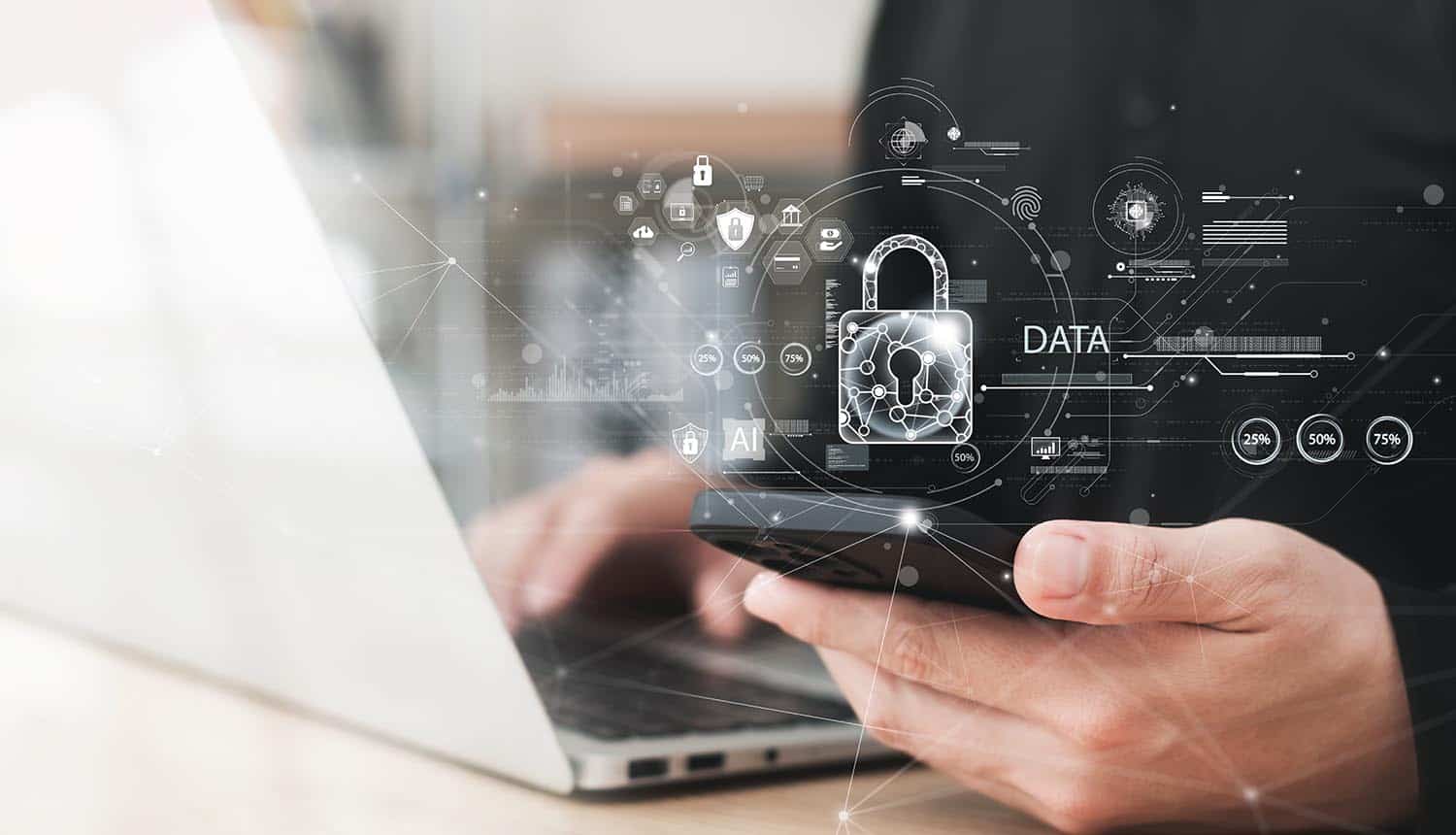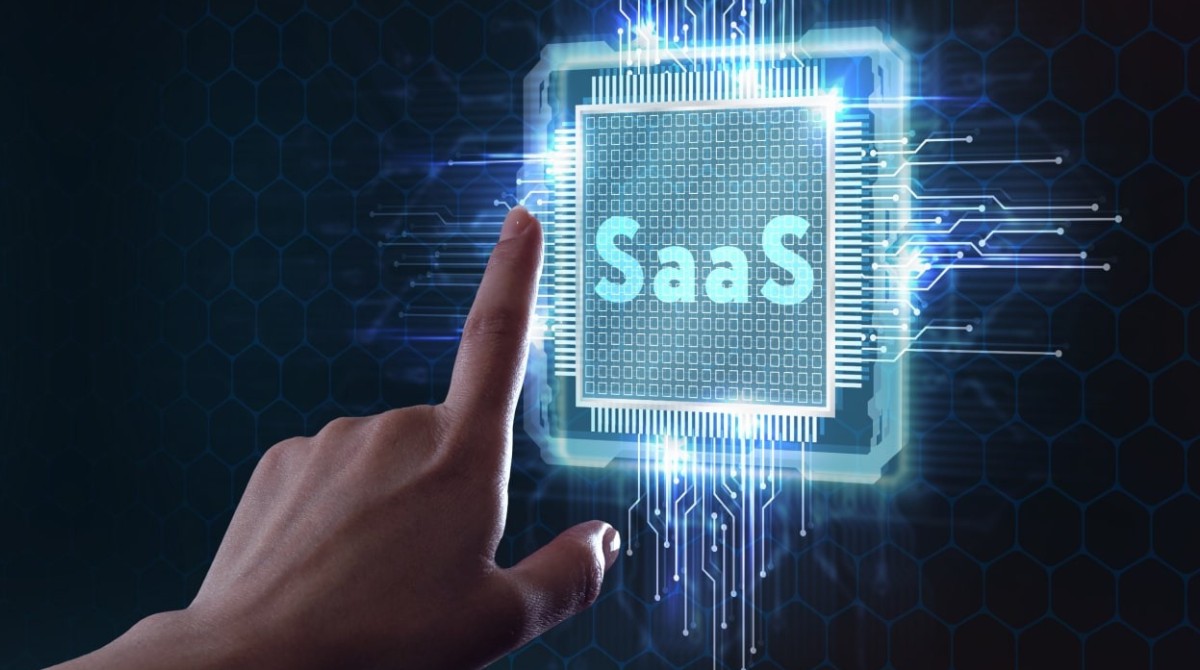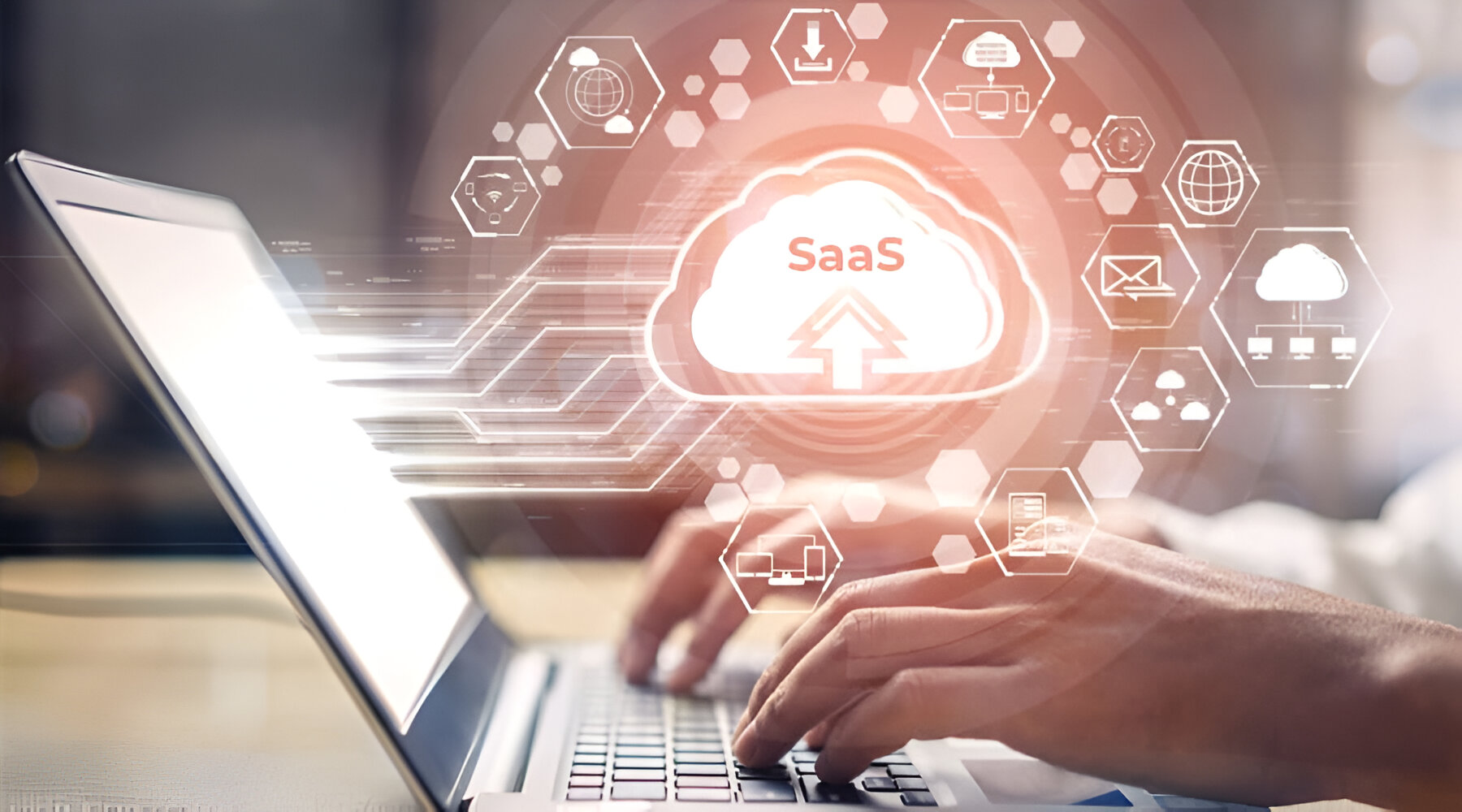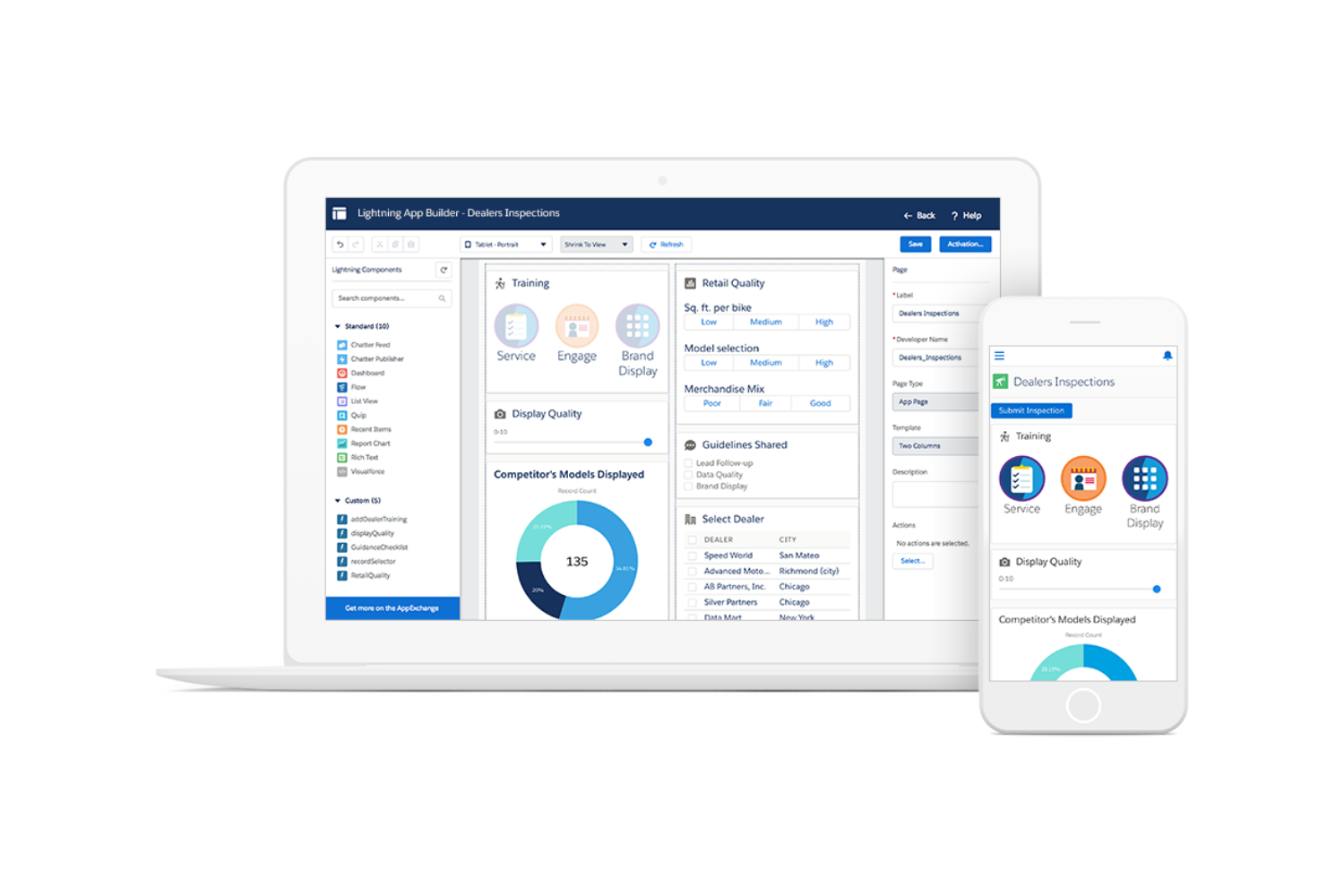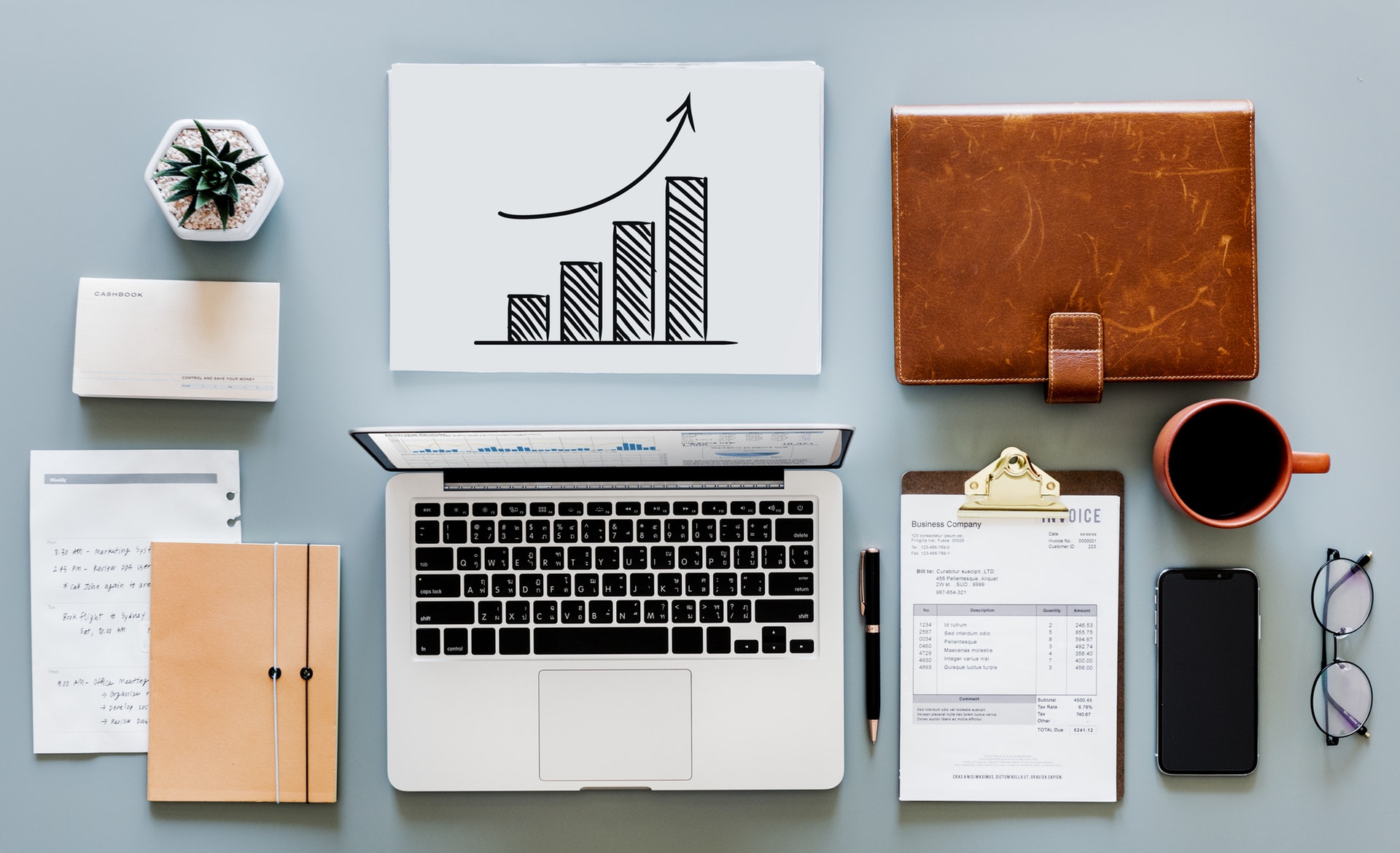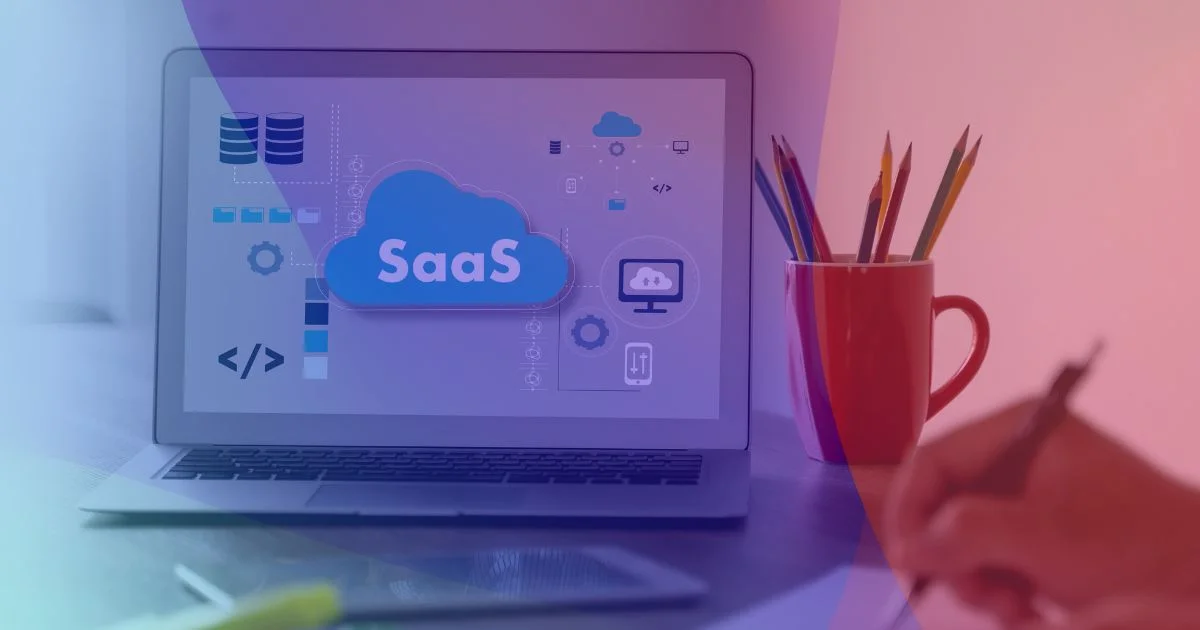Introduction
Welcome to the fascinating world of SaaS security! In today’s digital landscape, Software-as-a-Service (SaaS) has rapidly become the go-to solution for businesses of all sizes. This cloud-based software delivery model offers a multitude of benefits, including increased flexibility, scalability, and cost-effectiveness.
However, with the rise of SaaS comes the need for robust security measures to protect sensitive data and mitigate potential threats. SaaS security focuses on safeguarding the integrity, confidentiality, and availability of data stored and processed within a SaaS application.
In this article, we will delve into the concept of SaaS security, its importance, challenges faced by organizations, best practices for implementation, available solutions, and the benefits of implementing SaaS security measures.
So, whether you’re a business owner, IT professional, or simply interested in learning more about SaaS security, this article will provide you with valuable insights to navigate through the complex world of cloud security.
Definition of SaaS Security
SaaS security, also known as cloud security, refers to the set of measures and practices employed to protect data and ensure the overall security of SaaS applications. It encompasses various technologies, processes, and policies designed to safeguard against unauthorized access, data breaches, and other potential risks.
When it comes to SaaS, the responsibility for security is shared between the SaaS provider and the customer. The SaaS provider is responsible for securing the underlying infrastructure, including servers, networks, and storage systems. They also implement security controls at the application level to protect against common threats.
On the other hand, customers are responsible for implementing additional security measures to protect their data within the SaaS application, such as configuring access controls, managing user permissions, and encrypting sensitive information.
Key aspects of SaaS security include:
- Authentication: Ensuring that only authorized individuals can access the SaaS application, typically through the use of strong passwords, multi-factor authentication, and Single Sign-On (SSO) solutions.
- Authorization: Controlling and managing user permissions and access levels to ensure that users can only access the data and functionalities that are necessary for their roles and responsibilities.
- Data Encryption: Encrypting data at rest and in transit to protect it from unauthorized access or interception. This includes using industry-standard encryption algorithms and secure communication protocols, such as SSL/TLS.
- Security Monitoring: Monitoring and analyzing user activities, system logs, and network traffic to detect and respond to any suspicious or malicious activities promptly.
- Compliance: Ensuring that the SaaS application meets industry-specific compliance requirements, such as GDPR, HIPAA, or PCI-DSS, to protect user privacy and maintain data integrity.
- Backup and Disaster Recovery: Implementing regular data backups and having a robust disaster recovery plan in place to mitigate the impact of potential data loss or system failures.
By implementing these security measures, organizations can minimize the risk of data breaches, protect sensitive information, and maintain the trust of their customers.
Why is SaaS Security Important?
SaaS security plays a critical role in today’s digital landscape for several key reasons. Let’s explore why ensuring robust security measures within SaaS applications is of utmost importance:
Protection of Sensitive Data: SaaS applications often handle sensitive information such as customer data, financial records, and proprietary business information. Implementing effective security measures is essential to protect this data from unauthorized access, data breaches, and theft. Sensitive information falling into the wrong hands can have severe consequences, including financial loss, reputational damage, and legal ramifications.
Compliance Requirements: Many industries have specific regulatory compliance requirements that organizations must adhere to, such as GDPR, HIPAA, or PCI-DSS. Failure to meet these requirements can result in hefty fines and legal penalties. Implementing robust SaaS security measures ensures that organizations meet these compliance standards and maintain the privacy and integrity of user data.
Prevention of Data Loss: Data loss can occur due to various scenarios, such as accidental deletion, system failures, or malicious attacks. SaaS security measures include regular data backups and disaster recovery plans, which minimize the risk of losing important data. By having measures in place to recover data in the event of a loss, organizations can quickly resume normal operations and minimize potential disruptions.
Prevention of Unauthorized Access: SaaS applications serve as gateways to valuable corporate resources and sensitive data. Without adequate security measures, unauthorized individuals or malicious actors can gain access to these resources, leading to unauthorized data manipulation, intellectual property theft, or unauthorized system access. Implementing authentication and access control mechanisms ensures that only authorized individuals have access to the SaaS application and its associated data.
Maintaining Business Continuity: In today’s fast-paced business environment, any disruption in the availability of critical services can have a significant negative impact on productivity and customer satisfaction. SaaS security measures, such as monitoring for network anomalies and implementing redundancy measures, help ensure business continuity by minimizing the risk of service interruptions or downtime.
Building Customer Trust: Demonstrating a commitment to protecting customer data and ensuring the security of SaaS applications is crucial for building trust with customers. By implementing robust security measures, organizations can assure their customers that their data is safe and that they prioritize their privacy. This trust can lead to increased customer satisfaction, loyalty, and ultimately, business growth.
Overall, SaaS security is vital for protecting sensitive data, meeting regulatory requirements, preventing data loss, maintaining business continuity, and building customer trust. Organizations that prioritize SaaS security can safeguard their assets, reputation, and competitive advantage in today’s digital era.
Common SaaS Security Challenges
While SaaS offers numerous advantages, it also presents unique security challenges that organizations need to address. Let’s explore some of the common SaaS security challenges:
Data breaches: Data breaches are one of the most significant security concerns in the SaaS environment. Attackers try to exploit vulnerabilities in SaaS applications to gain unauthorized access to sensitive data. Organizations must implement robust security measures to protect against data breaches and regularly monitor for any suspicious activities.
Insider threats: Insider threats refer to the potential risk posed by employees or other individuals who have authorized access to the SaaS application. These insiders may intentionally or accidentally compromise sensitive data or disrupt the SaaS environment. Implementing access controls and monitoring user activities can help detect and mitigate insider threats.
Account hijacking: Account hijacking occurs when an unauthorized individual gains access to a user’s account credentials and exploits it to gain unauthorized access to the SaaS application. This can result in unauthorized data access, data manipulation, or even financial loss. Implementing multi-factor authentication and educating users about strong password practices can help prevent account hijacking.
Compliance challenges: Different industries have specific compliance requirements that organizations using SaaS applications must comply with. Meeting these compliance requirements, such as data encryption, audit logging, or data retention policies, can be challenging. Organizations must work closely with their SaaS providers to ensure that the necessary security controls are in place to meet compliance standards.
Data loss and recovery: Data loss can occur due to accidental deletion, system failures, or other unforeseen circumstances. Recovering lost data can be a complex and time-consuming process, especially if organizations do not have proper backup and disaster recovery plans in place. Implementing regular data backups and ensuring data can be quickly restored is essential to mitigate the impact of data loss.
Third-party integration: Many organizations rely on integrating third-party services or applications with their SaaS environment. While this integration can offer increased functionality and efficiency, it also introduces potential security risks. Organizations must carefully evaluate the security practices of third-party providers and ensure that proper security measures are implemented to protect against any vulnerabilities introduced through integrations.
Lack of visibility and control: When using SaaS applications, organizations often rely on the SaaS provider for the underlying infrastructure, security controls, and updates. This lack of control and visibility can make it challenging to monitor and ensure the security of their data. Organizations should establish clear communication channels with their SaaS provider, understand the security measures in place, and collaborate to address any potential security concerns.
Addressing these common SaaS security challenges requires a proactive approach from organizations. By implementing robust security measures, raising employee awareness, and regularly monitoring and updating security controls, organizations can better protect their data and mitigate potential threats.
Best Practices for SaaS Security
Implementing effective SaaS security practices is crucial for protecting sensitive data and mitigating potential risks. Here are some best practices to consider:
1. Choose a reputable SaaS provider: Select a trusted and reputable SaaS provider that prioritizes security. Evaluate their security features, certifications, and adherence to industry best practices. Conduct thorough due diligence to ensure that the provider meets your organization’s security requirements.
2. Implement multi-factor authentication (MFA): Require users to provide multiple forms of identification, such as a password and a unique verification code sent to their mobile devices, to access the SaaS application. MFA adds an extra layer of security and reduces the risk of unauthorized access due to stolen passwords.
3. Regularly update and patch systems: Keep all software, including the operating systems and applications used in the SaaS environment, up to date with the latest security patches to address any known vulnerabilities. Regularly applying updates helps protect against potential exploits and strengthens the security of your SaaS environment.
4. Encrypt data: Encrypt data both at rest and in transit to protect it from unauthorized access. Use strong encryption algorithms to scramble data, and ensure that all communication with the SaaS application is encrypted using the Secure Sockets Layer (SSL) or Transport Layer Security (TLS) protocols.
5. Regularly back up data: Implement regular data backups to ensure that you have copies of essential data in case of data loss incidents. Store backups in a secure location and periodically test the restoration process to verify their integrity and effectiveness.
6. Educate and train employees: Conduct security awareness training programs to educate employees about best practices for data protection, secure password management, and recognizing potential security threats, such as phishing emails or suspicious website links. Encourage employees to report any security incidents or concerns promptly.
7. Monitor user activities: Implement robust user activity monitoring and log management systems to track user activities within the SaaS application. Regularly reviewing logs and analyzing user behavior patterns can help detect and respond to any suspicious or unauthorized activities promptly.
8. Enforce strong password policies: Require users to choose strong, complex passwords and regularly change them. Discourage password reuse across multiple platforms and consider implementing a password management solution to facilitate secure password practices.
9. Conduct periodic security audits: Regularly evaluate your SaaS environment’s security controls and conduct thorough security audits to identify any potential vulnerabilities or weaknesses. Address any identified issues promptly to maintain a robust security posture.
10. Establish incident response procedures: Develop an incident response plan that outlines the steps to be followed in the event of a security breach or incident. This plan should include processes for identifying, containing, mitigating, and recovering from security incidents. Regularly test and update the incident response plan to ensure its effectiveness.
By following these best practices, organizations can enhance the security of their SaaS applications and protect their sensitive data from potential threats and breaches.
SaaS Security Solutions
Several SaaS security solutions are available to help organizations enhance the security of their SaaS applications and protect their data. Here are some commonly used solutions:
1. Identity and Access Management (IAM): IAM solutions enable organizations to manage user access to the SaaS application effectively. These solutions provide authentication and authorization mechanisms, enabling administrators to control user access and permissions. IAM also supports features such as single sign-on (SSO) and multi-factor authentication (MFA) to strengthen authentication processes.
2. Data Loss Prevention (DLP): DLP solutions help organizations prevent the accidental or intentional leakage of sensitive data. They monitor and protect data at rest, in transit, and in use. DLP solutions often include features such as data classification, encryption, and policy enforcement to detect and prevent unauthorized access or data exfiltration.
3. Encryption: Encryption solutions play a vital role in protecting data within SaaS applications. They encrypt data at rest and in transit, ensuring that even if unauthorized access occurs, the data remains encrypted and unreadable. Organizations can use encryption solutions to protect sensitive data, such as personally identifiable information (PII) or intellectual property.
4. Security Information and Event Management (SIEM): SIEM solutions collect and analyze security event logs from various sources, including SaaS applications. They detect and alert organizations about potential security incidents, anomalies, or suspicious activities. SIEM solutions provide real-time monitoring and reporting, helping organizations respond to security threats promptly.
5. Cloud Access Security Brokers (CASBs): CASBs are security solutions that provide visibility and control over data and applications accessed by users. They act as intermediaries between users and SaaS applications, enforcing security policies, and providing additional security controls. CASBs enable organizations to monitor user activities, enforce data loss prevention policies, and control access to SaaS applications.
6. Vulnerability Management: Vulnerability management solutions help organizations identify and remediate vulnerabilities within their SaaS environment. They perform regular scans to identify potential security weaknesses, such as outdated software versions or misconfigured settings. These solutions provide insights and recommendations for remediation, allowing organizations to strengthen their security posture.
7. Cloud Firewall and Web Application Firewall (WAF): Firewalls, including cloud-based firewalls and web application firewalls, provide a critical line of defense against unauthorized access and malicious activities. They monitor network traffic, filter out potential threats, and block unauthorized access attempts. Firewalls help protect both the infrastructure and applications within the SaaS environment.
8. Security Awareness Training: While not a software solution, security awareness training plays a crucial role in SaaS security. Training programs educate employees about best practices, such as identifying phishing emails, using strong passwords, and recognizing potential security threats. This helps create a security-conscious culture within the organization and enhances overall security.
Organizations should evaluate their specific security requirements and consider implementing a combination of these SaaS security solutions to build a robust defense against potential threats and vulnerabilities.
Benefits of Implementing SaaS Security Measures
Implementing robust security measures within SaaS applications offers numerous benefits to organizations. Let’s explore some of the key advantages of implementing SaaS security measures:
1. Protection of Sensitive Data: The primary benefit of SaaS security measures is the protection of sensitive data. By implementing strong authentication, encryption, and access controls, organizations can safeguard confidential information from unauthorized access, data breaches, or theft. This ensures the privacy and integrity of customer data and helps maintain compliance with data protection regulations.
2. Mitigation of Risks: SaaS security measures help mitigate potential risks and vulnerabilities in the digital environment. Regular monitoring, vulnerability assessments, and threat detection mechanisms enable organizations to identify and address security gaps before they can be exploited. This proactive approach minimizes the risk of data breaches, unauthorized access, or other malicious activities.
3. Maintenance of Business Continuity: SaaS security measures play a crucial role in maintaining business continuity. By implementing disaster recovery plans, data backups, and redundant systems, organizations can ensure that critical operations continue even in the face of potential disruptions. This enhances customer trust, minimizes downtime, and reduces the financial impact of service interruptions.
4. Compliance with Industry Standards: SaaS security measures help organizations meet industry-specific compliance requirements, such as GDPR, HIPAA, or PCI-DSS. Compliance with these standards is crucial for protecting user privacy, avoiding legal consequences, and maintaining trust with customers. Implementing security controls, data encryption, and access management enables organizations to fulfill these compliance obligations.
5. Strengthened Customer Trust: Implementing robust SaaS security measures enhances customer trust and confidence in the organization’s ability to protect sensitive data. When customers know that their information is safe and secure, they are more likely to continue using the SaaS application and maintain a long-term relationship with the organization. This builds a positive reputation, improves customer satisfaction, and can lead to increased business opportunities.
6. Enhanced Reputation and Competitive Advantage: Organizations that prioritize SaaS security measures differentiate themselves from the competition. A robust security posture and adherence to best practices demonstrate a commitment to protecting customer data and maintaining a secure digital environment. This can give organizations a competitive edge in the marketplace, as customers are increasingly conscious of data security and seek trustworthy partners and providers.
7. Cost Savings: While implementing comprehensive SaaS security measures requires an investment, it can ultimately result in cost savings in the long run. By preventing data breaches, unauthorized access, or other security incidents, organizations minimize potential financial losses, legal liabilities, and reputational damage. Additionally, addressing security vulnerabilities early on is typically less costly than dealing with the consequences of a security breach.
Implementing SaaS security measures is essential for protecting sensitive data, ensuring business continuity, achieving regulatory compliance, building customer trust, enhancing reputation, and reducing financial risks. By making security a priority, organizations can navigate the digital landscape with confidence and gain a competitive advantage in the market.
Conclusion
In conclusion, SaaS security is of paramount importance in today’s digital landscape. As organizations increasingly rely on SaaS applications to streamline business operations, it is essential to prioritize the implementation of robust security measures to protect sensitive data, mitigate risks, and maintain regulatory compliance.
By understanding the definition of SaaS security, organizations can appreciate the shared responsibility between the SaaS provider and the customer in ensuring the security of the application and data. Implementing best practices such as multi-factor authentication, regular system updates, data encryption, and user awareness training can significantly enhance the security posture of SaaS environments.
It is important to recognize the common challenges that organizations may face, such as data breaches, insider threats, and compliance requirements. By addressing these challenges head-on and employing appropriate security solutions, organizations can effectively manage risks and protect their digital assets.
The benefits of implementing robust SaaS security measures are numerous. These measures protect sensitive data, mitigate risks, ensure business continuity, maintain compliance, strengthen customer trust, enhance reputation, and even result in cost savings. Investing in SaaS security not only safeguards the organization but also helps differentiate it from competitors in the market.
In conclusion, organizations must make SaaS security a top priority. By partnering with reputable SaaS providers, implementing security solutions, training employees, and regularly monitoring and updating security controls, organizations can navigate the digital landscape with confidence, protect their data, and maintain the trust of their customers.







